What If It Could All Be Comfort Care?
When you’re in pain, it’s hard to think of anything else. But even in the midst of being laid up with a bad back or during that excruciating moment after surgery when you realize that, no, it isn’t that the operation was a breeze, it’s just that you had really good painkillers, there are almost always parts of you that do feel well: they’re just a bit harder to access. Even when everything is going smoothly.
Many of us are hardly aware of our bodies when they’re feeling well — one reason we may run them into the ground through overindulgence or lack of attention. But when something is painful, most of us tend to actually get a sensation of pain.
Retired nurse (now coach) Jack Hopkins published on social media some of the techniques he used to assess patients in pain and to provide them with comfort care that actually eased their perception of pain, resulting in what he held was a 15-20% reduction in the pain medication they would require after his shift or in contrast with the shift preceding his.
What Hopkins did was to transpose the commonly used pain scale, which asks patients to associate the pain they are experiencing with a number from one to 10. (When I’ve been the target of one of these demands to rate my pain on a numeric scale, I always felt as though I were being asked to translate a cuneiform text into pig latin: just did not compute.) Rather than ask for a pain number, Hopkins would ask for a comfort number: how did this moment of comfort compare with the the scale of of the most and least comfort his patient had experienced in the past?
Through Hopkins’s “reverse pain level assessment,” he reinforced a different set of associations, memories of comfort and ease in the body as well as, likely, moments that surrounded those memories that were pleasant emotionally and in all kinds of sensory ways. No doubt, remembering the absence of pain and the presence of comfort is more demanding — especially when you’re in pain — but it both distracts and conjures up memories that can have some of the same physiological effects on the body when recalled as when first experienced.
Hopkins had a second technique, one perhaps you’ve seen before in some form. He used verb tense very consciously in his questions to patients about their pain. While doctors would brush into patient rooms and typically ask about the pain they are having, Hopkins would set his questions to patients about their pain in the past tense, inquiring instead about the pain they “have had,” rather than the pain they are currently in.
With this subtle adjustment, he opened space for patients to perceive their pain, at least in part, as behind them, rather than as that thing so present they couldn’t see anything else. As he helped them “sculpt their inner life,” as he put it, Hopkins opened patients up to a way of seeing that could tolerate ambiguity, offering a more nuanced sense of the present moment, which arguably would make whatever pain is present easier to bear.
For the patient suffering with profound bone pain, tolerating ambiguity could open her to interpersonal and sensory pleasures that, along with medication, could also reduce her perception of pain, not erasing pain but making it in many ways easier to bear, much as we do with families facing serious diagnosis, anticipatory grief, and loss.
Join us in one of our 2023 trainings to learn how families facing challenging circumstances can learn to tolerate the pain they are in via our smartly social means of deepening the family bonds, the ability to hear each other at the level of values, and shifting perspective.
I welcome you! If you’d like to meet or to ask questions before registering, just let me know or schedule a time to meet here.
Related Posts
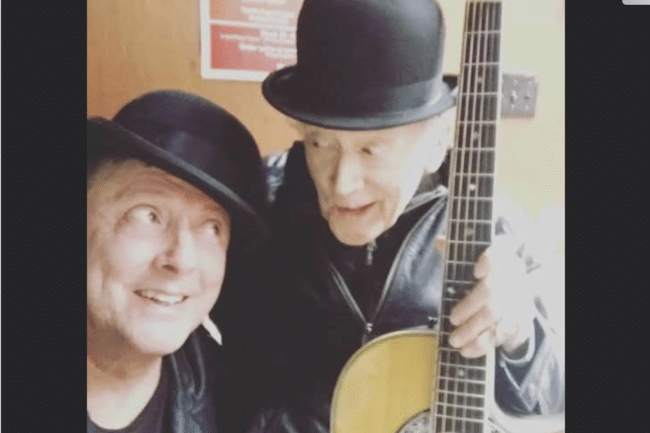
The Incredible Will to Sing
The will to make it to a loved one’s graduation or wedding, or to the birth of a new baby, somehow compels the body to obey the will. Stu Klitsner was going to sing at his only granddaughter’s wedding, come hell or high water.
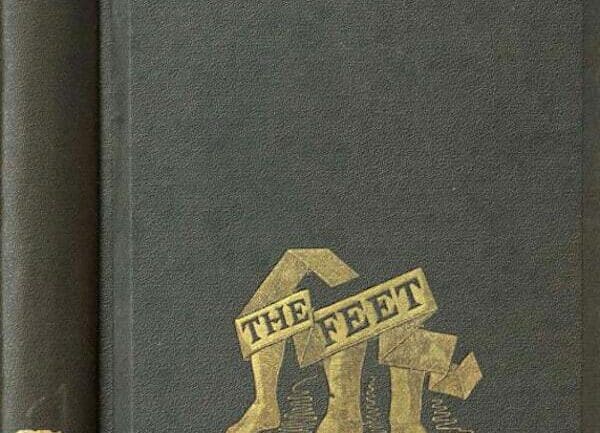
The Chaplain’s Feet
Chaplains exercise their humanness with every patient or family member they meet. What are the parallels between the kind of presence chaplains bring in the spiritual realm and that of the dancer who sees her choreography and performance as a kind of chaplaincy?
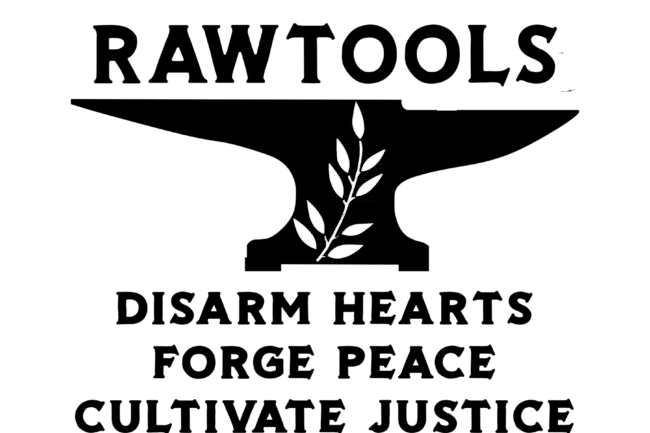
Whacking a Gun
At the 2023 Parliament of the World’s Religions, blacksmiths from RAWTools demonstrated how they took guns that had been surrendered from a variety of sources and re-formed them into garden hand tools, making literal their mission and message of anti-violence. The organization takes literally the passage from the Book of Isaiah to “beat their swords into plowshares and their spears into pruning hooks.”
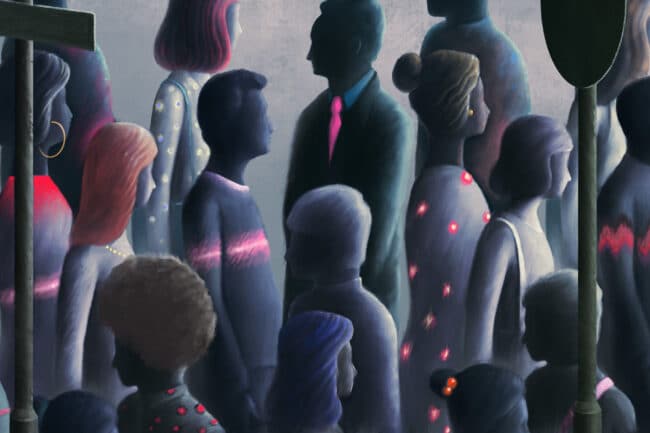
A Vaccine for Loneliness?
Public health has gotten bigger and bigger in recent decades. What was only thought of in the past as individual choices, like drug addiction, gun violence, or smoking crossed over to be thought of by many as social issues and, eventually, as matters of public health. With the Surgeon General’s report that came out in May, 2023, loneliness and isolation may assume their place alongside them as social epidemics.
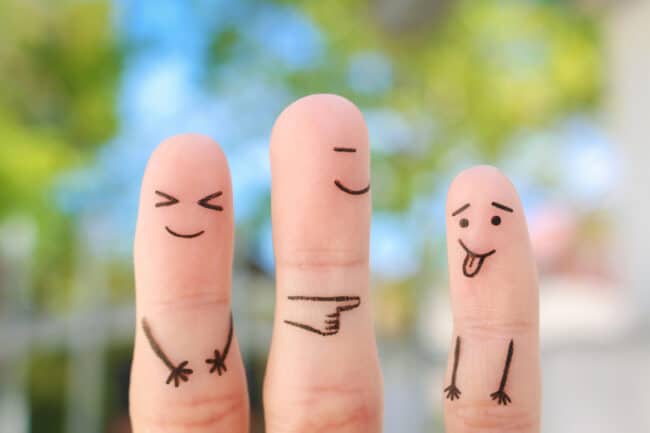
Grief on the Comedy Stage
Is it in supremely bad taste, or potentially healing in a social setting, to use death and dying as material on the American comedy stage? The post-pandemic fad of comedy shows that deal with what have been taboo topics is currently walking that line.
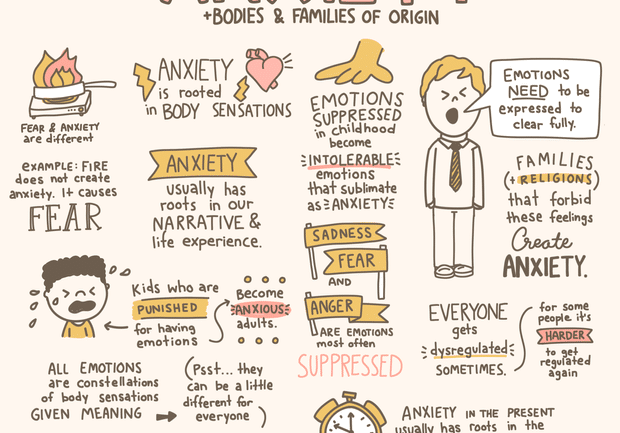
If You’re a Pro, You Gotta Have a Pro
Lindsay Braman’s example can open your mind about what sorts of both joy and utility you can create, simply by letting your own gifts out of the closet and using them in your work, in recognizing that, if a therapist/doodler can connect two passions, so can you.

